Facilities
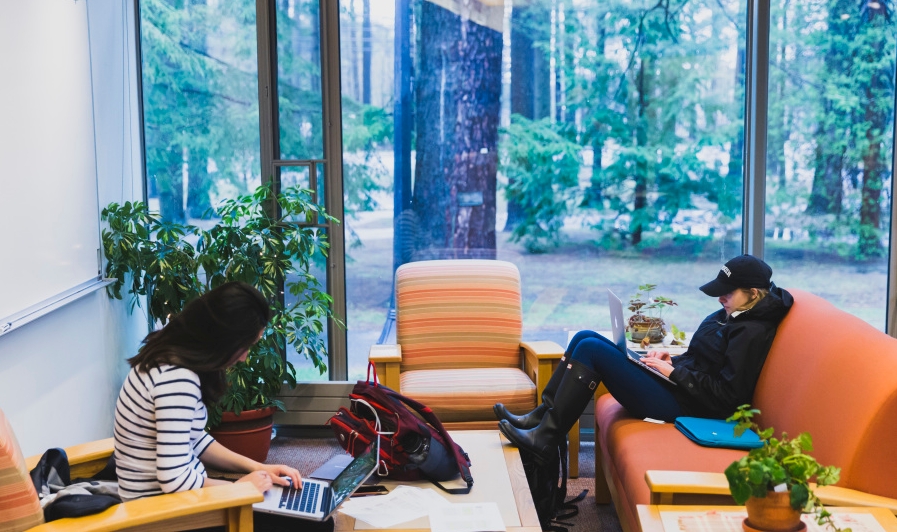
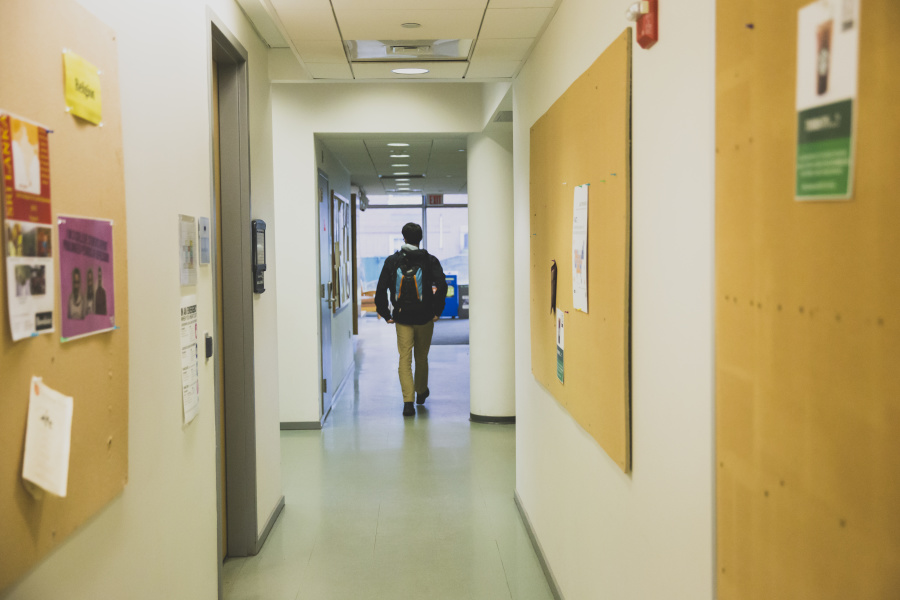
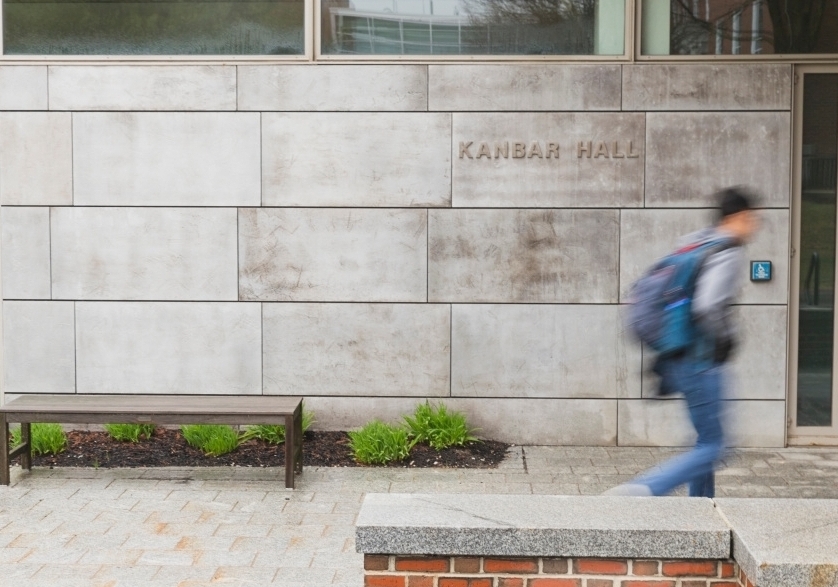
Kanbar Hall
Kanbar Hall serves as the home for psychology,religion, and asian studies. The various programs in the building share the classroom and seminar spaces as well as the library, lounge, and meeting areas.
The three-story, 26,000-square-foot building, located on the northeast corner of the campus, provides a new entry to campus on one side and completes the science quadrangle on the other.
Glass, bay windows, and window openings serve to increase the transparency of the building. The lower-level classroom and lounge areas provide excellent outside visibility and are equally visible from external surroundings. Outdoor patios within low brick walls reinforce the transparency of the building and serve as instructional spaces bringing learning and interaction outside on fall and springtime Maine days.
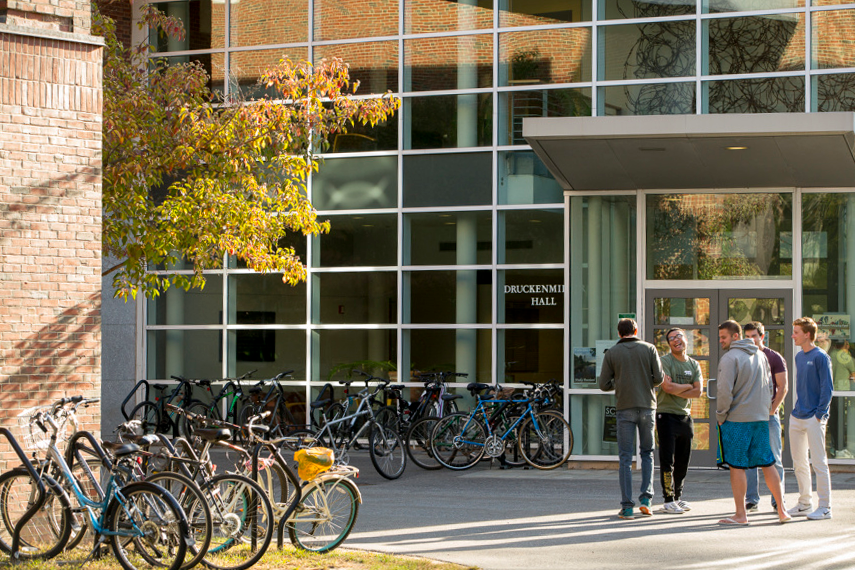
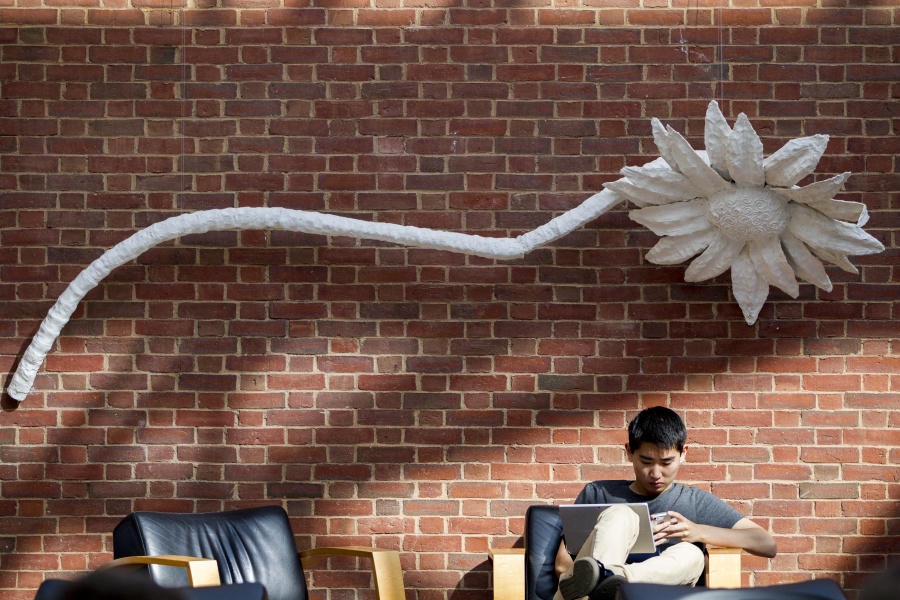

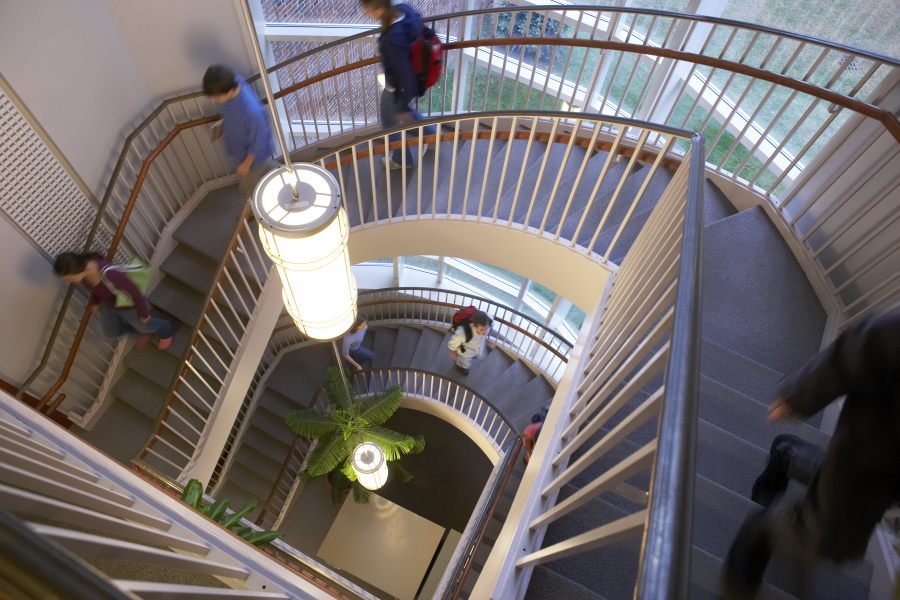
Druckenmiller Hall and Hatch Science Library
The laboratories in the Druckenmiller Hall, Bowdoin's 106,000-square-foot interdisciplinary science facility, are well-equipped for cellular and molecular level neuroscience. Students in courses routinely record the activity of nerves using a variety of extracellular amplifiers, and they record intracellularly from individual neurons using microelectrodes. An impressive array of up-to-date neurophysiological equipment is available in the research labs.
Students also stain for specific neuronal molecules, including transmitters and growth factors, which they can then visualize using fluorescent microscopy. Druckenmiller houses a specialized laser scanning confocal microscope (the only one of its kind in the state of Maine), as well as a scanning electron microscope and a number of conventional fluorescent microscopes, all of research quality.
Adjacent is the Hatch Science Library, connecting via skybridge to Druckenmiller Hall's second floor. The library houses science-related materials such as books, periodicals, maps, and electronic resources.